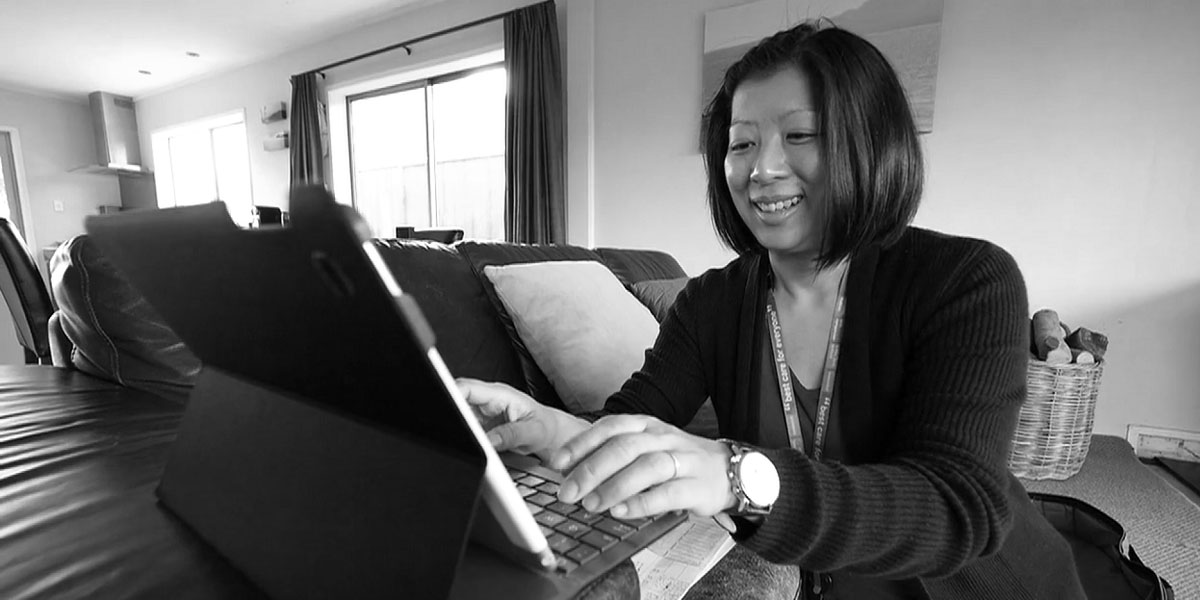Opportunity
Waitemata DHB allied health staff (such as dietitians, occupational therapists, physiotherapists, social workers and speech-language therapists) provide a fundamental service to patients in the community.
Some of the issues faced by community staff include:
- not having immediate access to patient’s medical history
- having to return to their work place to complete their paperwork and to update a patient’s clinical record
- limited access to current technology including new education and therapy tools for their patients
- lack of alternative methods to interact with their patients
- Introduce new ways of interacting with our patients and our patients’ information
- Provide patients and staff with access to the patient’s medical records in real-time in the patient’s home to improve the clinical interaction
- Reduce time our staff spend travelling and writing notes
- We provided 122 clinicians from 7 teams across adult and paediatric services with an iPad mobile device
- Clinicians represent 10 professions including
- dietetics
- psychology
- physiotherapy
- occupational therapy
- neurodevelopmental therapy
- Devices are connected on a mobile device management platform to maintain security and governance
- Devices provide six tools listed in the graphic below

Approximately 95% of our community allied health clinicians are using their iPad daily as part of their work. The iPads are used for a variety of activities including:
- managing emails, calendars and appointments
- writing patient notes
- using Facetime to communicate with other clinicians or with patients
- downloading images to support discussions with patients, eg therapy equipment
FEEDBACK
- Clinicians were generally optimistic about mobile devices
- They told us using a mobile device could increase job satisfaction and make their job easier
- Ratings increased following training and six months of mobile device use
- This shows clinicians still felt the mobile device was valuable after using it for six months
The graph below compares pre-(orange) and post-(grey) agreement with the statements lists

DEVICE USE
- Each clinician saved an average 15 minutes per day on administration and completed an average 1.5 extra patient visits per week after six months of mobile device use
- Clinicians, patients and allied health leaders told us the devices are important for administration and education

Executive Sponsors
- Dale Bramley, CEO (Leapfrog Programme)
- Penny Andrew, Director of i3
- Robyn Whittaker, i3 Clinical Director of Innovation
Team Members
- Kelly Bohot, i3 Innovation + Improvement Project Manager




